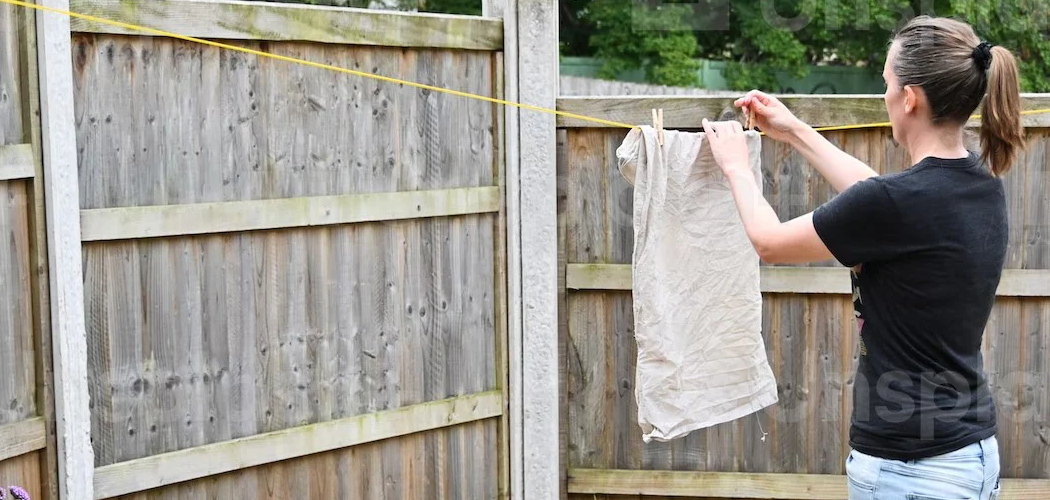Bath mats are frequently used household items designed to absorb water and provide safety by reducing the risk of slipping in bathrooms. However, their primary function of trapping moisture can often make them a breeding ground for mildew, bacteria, and unpleasant odors if not cared for properly.
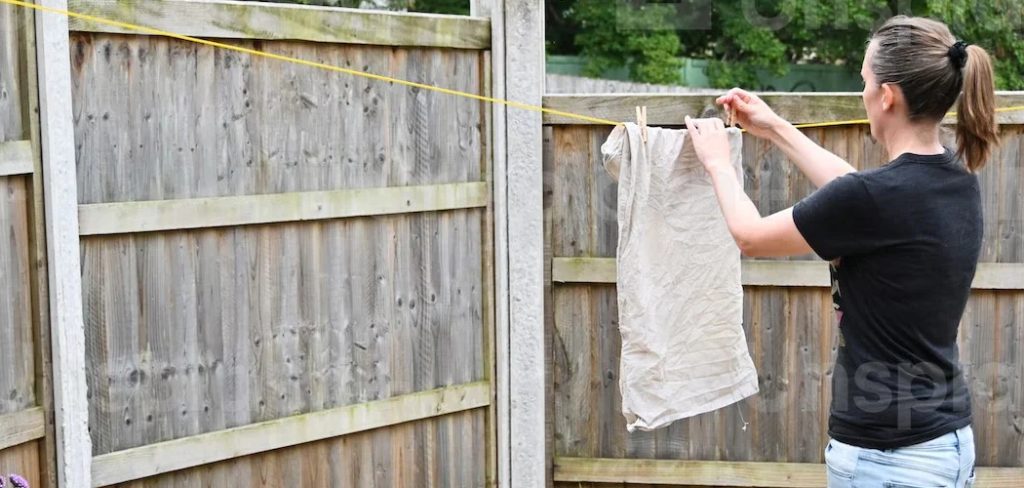
Understanding how to dry bath mats effectively is essential to maintaining a clean and hygienic environment. Properly dried bath mats not only prevent the buildup of bacteria but also help to prolong their lifespan and retain their visual appeal. The purpose of this article is to provide practical guidance on drying bath mats thoroughly and safely, ensuring they remain fresh, odor-free, and in excellent condition for regular use.
Understanding Different Bath Mat Materials
When it comes to drying bath mats, the material plays a crucial role in determining the best approach. Different types of bath mats have unique characteristics that influence their care and drying requirements.
Common Types of Bath Mats
- Cotton: Highly absorbent and durable, cotton bath mats are popular for their ability to soak up moisture effectively. They are typically machine washable and can also be tumble-dried on low heat without any significant issues.
- Microfiber: Known for their quick-drying properties, microfiber bath mats are lightweight and soft to the touch. These mats often require gentle care during both washing and drying, but are a convenient choice for busy households.
- Memory Foam: Offering superior comfort and cushioning, memory foam bath mats provide a luxurious feel. However, they tend to retain water longer and may take extra time to air dry properly, as machine drying can damage their composition.
- Rubber-backed Mats: Designed with slip resistance in mind, rubber-backed mats provide extra safety in wet areas. Due to their non-slip backing, these mats require special care to avoid cracking or damage in the dryer. They should be air-dried flat, preferably.
Why Material Matters
The material of a bath mat dramatically influences the drying process. For instance, cotton and microfiber mats can often handle machine drying, while memory foam and rubber-backed mats are better suited for air drying to maintain their structure and functionality. Understanding these differences ensures that your bath mats stay clean, fresh, and last longer without unnecessary wear and tear.
Preparing Bath Mats for Drying
Properly preparing your bath mats for drying is essential to extending their lifespan and keeping them in good condition.
Step 1: Shake Out Excess Water
Before drying, shake the mat over your tub or outside to remove as much water as possible. This step helps prevent excess moisture from prolonging drying times, particularly for thicker mats.
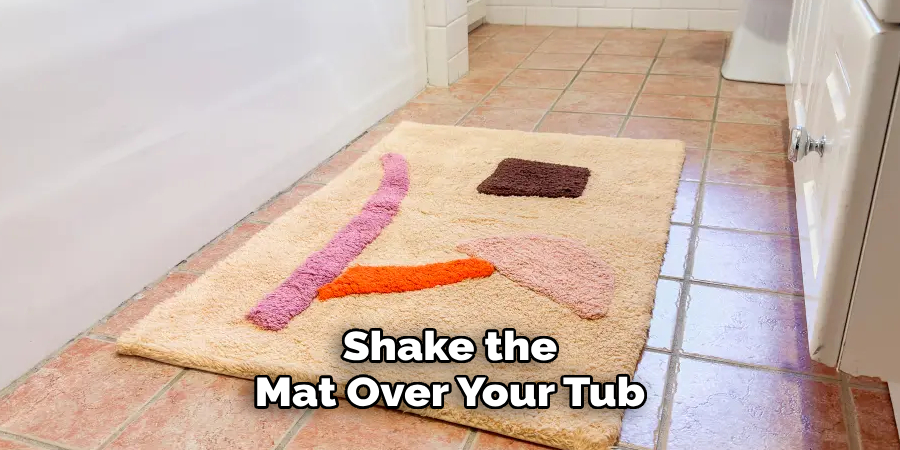
Step 2: Blotting or Pressing
For thicker bath mats, such as memory foam varieties, use towels to press out extra moisture. Lay the mat flat, and gently press down with the towel to absorb water without damaging the material. Avoid wringing or twisting the mat, as this can compromise its structure.
Step 3: Check the Care Label
Always consult the care label on your bath mat. The label will provide essential information about whether the mat is machine dryer-safe or should be air-dried. Following these instructions ensures you prevent damage or shrinkage, especially for delicate materials like rubber-backed mats or other specialty fabrics. Properly understanding and adhering to these guidelines is key to preserving your mat’s functionality and appearance.
How to Dry Bath Mats: Machine Drying Bath Mats
Dryer Settings
When machine drying bath mats, always use low or medium heat settings. These temperatures help prevent shrinking or damage, particularly for materials like cotton or microfiber. Mats exposed to high heat risk losing their shape and structural integrity, which can compromise their effectiveness over time.
Drying Tips
For faster and more efficient drying, consider adding a few clean, dry towels to the dryer along with the bath mat. The towels help absorb excess moisture and also help the mat fluff up as it dries. To protect rubber-backed mats, avoid using high heat, as this can cause the rubber to crack or melt. Monitoring the drying process can further help ensure the mat is removed promptly to prevent over-drying.
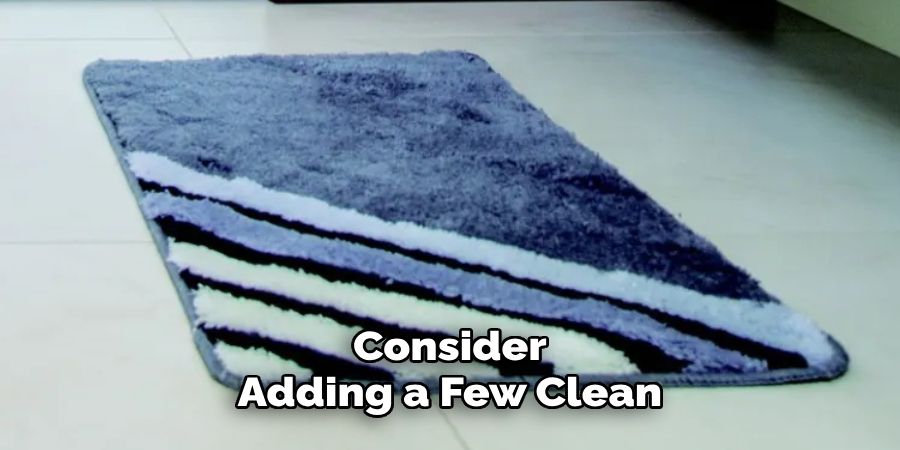
Dryer Sheets and Fabric Softeners
While it might be tempting to use dryer sheets or fabric softeners for added freshness and comfort, these should be used sparingly or avoided entirely. Coating the mat fibers with softeners can reduce their absorbency, making the mat less effective at wicking moisture. For the best results, minimize chemical exposure to maintain the mat’s functionality and longevity.
Air Drying Bath Mats
Air drying is a gentle and eco-friendly method for caring for your bath mats, especially those with rubber or non-slip backing. It is particularly beneficial if you don’t have access to a dryer or want to extend the lifespan of your mat by avoiding the high heat of machine drying.
Best Situations for Air Drying
This method is highly recommended for mats with delicate features, such as rubber backings, as it reduces the risk of cracking or warping caused by heat. If you want to preserve the integrity of your mat and maintain its functionality over time, air-drying is an excellent choice.
Indoor Drying Options
For indoor drying, hanging your mat over a shower rod, drying rack, or balcony railing can be effective. Just ensure that there is sufficient air circulation to prevent mildew growth. Keeping the bathroom door open or turning on a bathroom fan can further enhance airflow, speeding up the drying process.
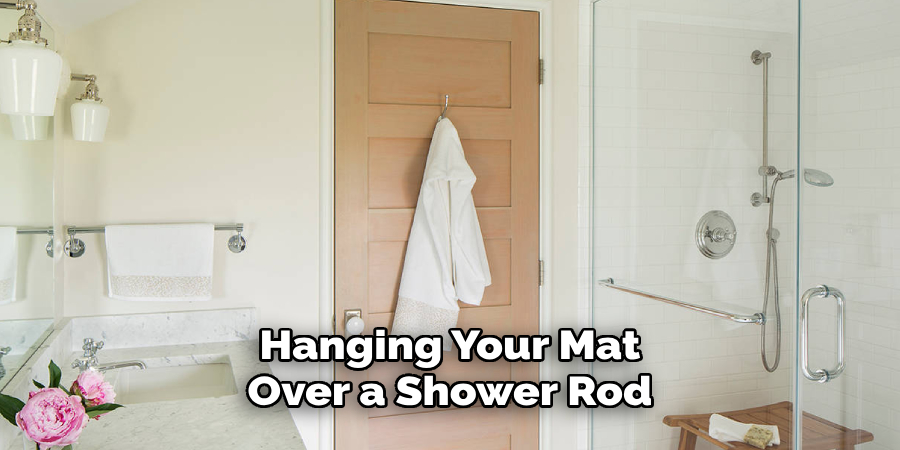
Outdoor Drying
Outdoor drying under sunlight is another great option, as sunlight acts as a natural disinfectant and can help your mat dry quickly. However, it’s important to avoid prolonged sun exposure if your mat has synthetic or rubber materials, as the UV rays may cause these components to deteriorate over time.
Tips to Speed Up Air Drying
To promote even drying, flip the mat periodically while it’s drying. For indoor settings, make use of fans or open windows to improve air circulation. These small steps can significantly reduce drying time while keeping your mat fresh and functional.
Drying Memory Foam Bath Mats
Special Considerations
Memory foam bath mats require careful handling due to their delicate composition. High heat can cause the foam to break down, leading to a loss of comfort and functionality. Additionally, excessive bending or wringing out the mat can damage the material, compromising its shape and integrity.
Recommended Method
The best way to dry a memory foam bath mat is to air dry it flat on a clean, dry surface. Alternatively, you can hang it evenly to ensure proper airflow around all sides. Avoid placing the mat in direct sunlight for extended periods, as UV rays can weaken the material over time. If using a dryer, always select the lowest heat setting designed for delicate fabrics, but air drying is generally preferred.
Drying Time
Memory foam bath mats typically take 24–48 hours to dry completely, depending on the climate and level of indoor humidity. For faster drying, use fans or a dehumidifier in your indoor space to improve air circulation. These measures ensure the mat can dry evenly while maintaining its quality, allowing you to extend its lifespan and enjoy its plush comfort for years to come.
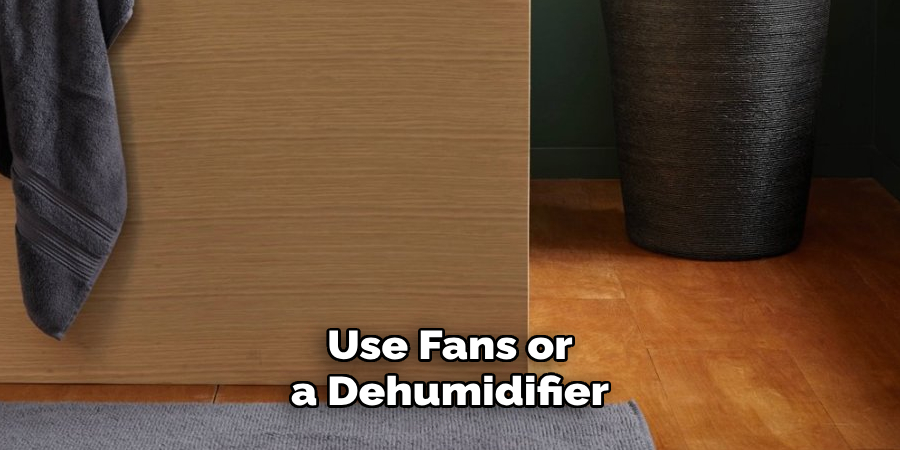
How Often to Wash and Dry Bath Mats
Frequency of Cleaning
Bath mats should be washed every 1–2 weeks, depending on how often they are used and the level of foot traffic in your bathroom. If your bathroom is shared among multiple individuals or has high humidity levels, consider cleaning the mats more frequently to prevent the buildup of dirt, bacteria, and odors. Regular washing not only keeps bath mats looking fresh and clean but also helps to maintain hygiene and extend their usability.
Importance of Full Drying After Each Use
To prevent mildew and unpleasant odors, it is crucial to ensure that your bath mats dry completely after each use. After showering, hang the bath mat over a towel rack, shower rod, or another well-ventilated area to allow it to air out thoroughly. Avoid leaving bath mats on damp floors, as this creates an ideal environment for mold and mildew growth. Daily airing and proper drying not only keep bath mats fresh but also preserve their texture and softness, enhancing their longevity and comfort.
Frequently Asked Questions
1. How Often Should I Wash My Bath Mat?
It is recommended to wash your bath mat every one to two weeks, depending on how frequently it is used. Mats in high-traffic bathrooms or those that stay damp for extended periods may need more frequent cleaning to prevent odors and bacteria buildup.
2. Can I Put My Bath Mat in a Dryer?
Yes, many bath mats can be placed in a dryer, but always check the care label first. If the mat has a rubber backing, use the lowest heat setting to avoid damage. Otherwise, air drying in a well-ventilated area is a safe alternative.
3. What’s the Best Way to Prevent Slipping With a Bath Mat?
To prevent slipping, ensure the bath mat has a non-slip backing and lies flat on the floor. For extra security, clean the floor underneath regularly to remove any dust or moisture that could reduce grip.
Conclusion
Proper drying is essential to keep bath mats clean, odor-free, and long-lasting. Understanding how to dry bath mats effectively depends on their material type and care instructions. Some bath mats may require machine drying on a gentle cycle, while others benefit from being air-dried in a well-ventilated space. Regardless of the method, consistency in drying helps prevent mold, mildew, and unpleasant odors. By adopting a routine drying practice, you not only prolong the life of your bath mats but also ensure a hygienic and comfortable bathroom environment for daily use.

